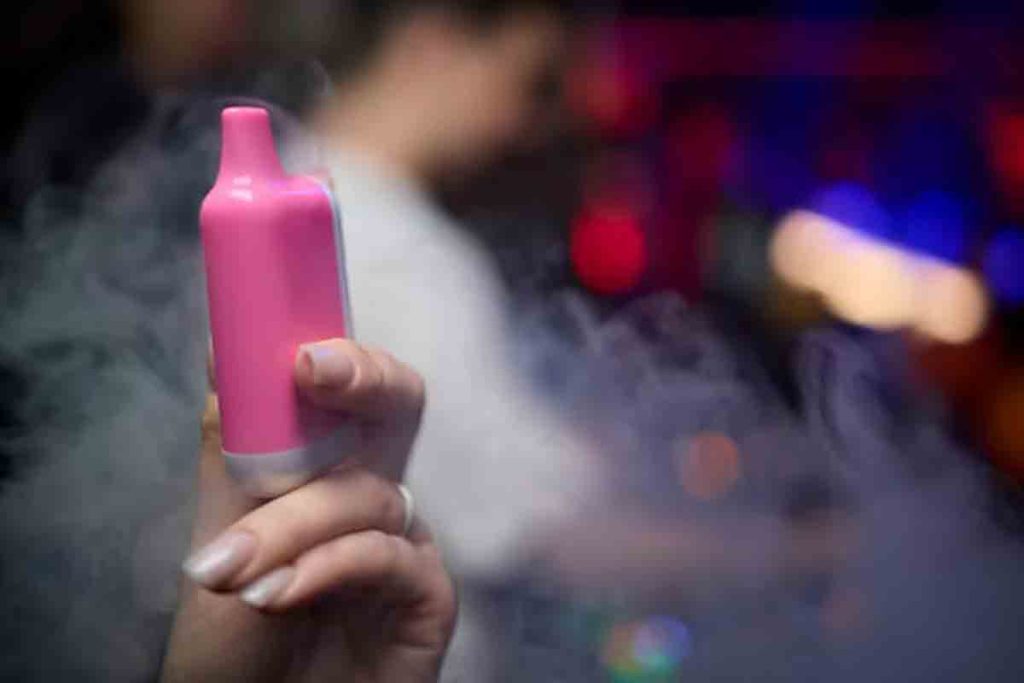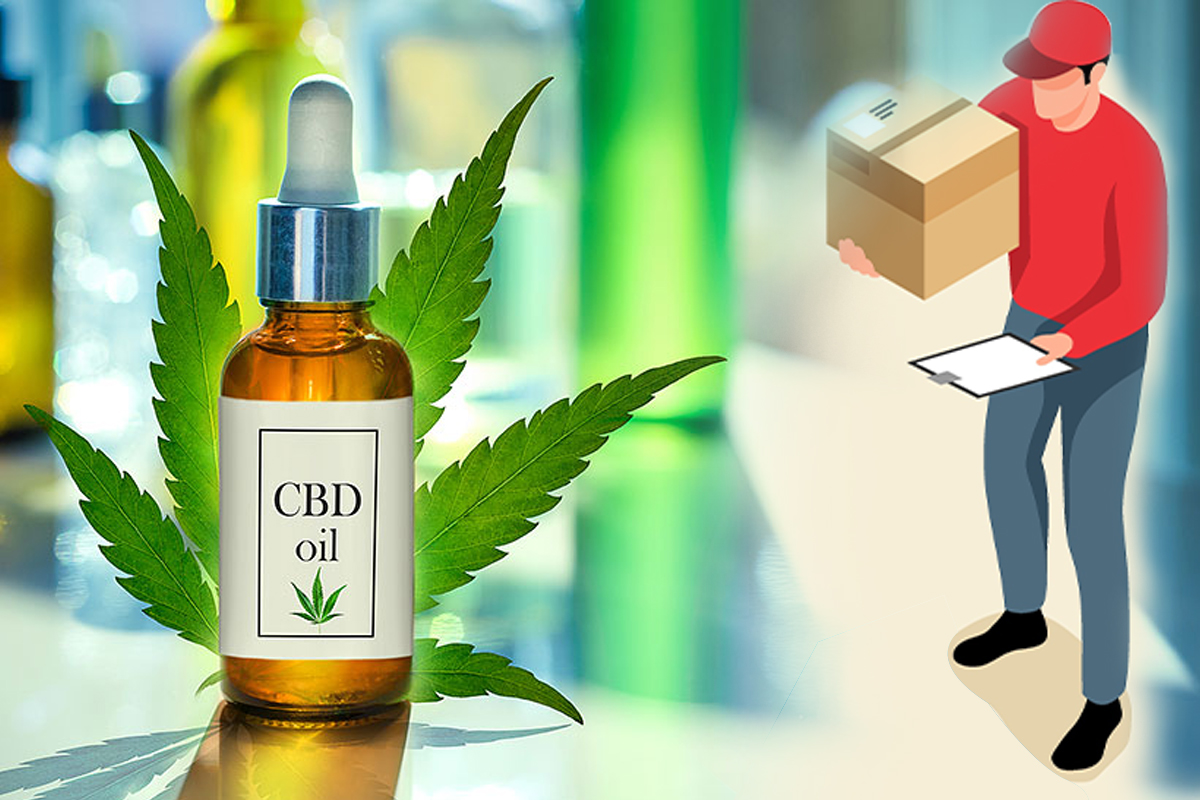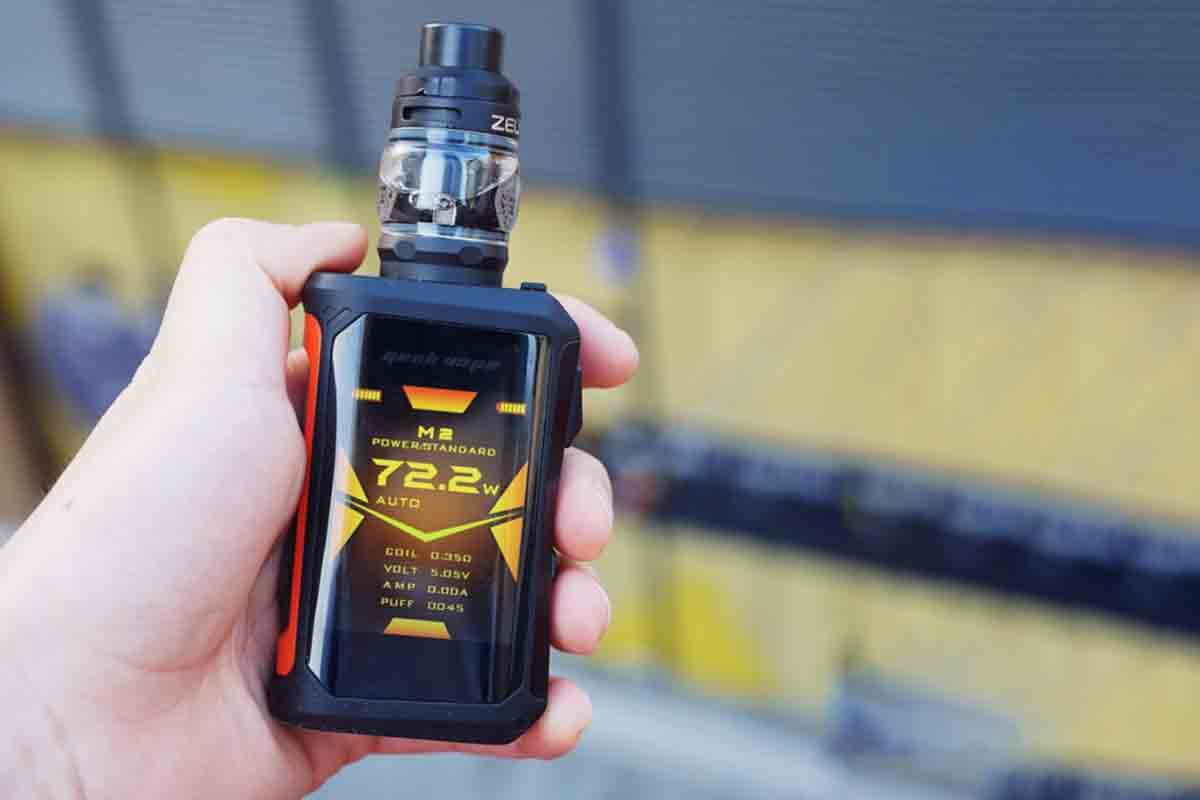How Old Do You Have to Be to Vape? Age Limits for Vaping in Various Countries
Vaping has transformed from a niche alternative to a mainstream habit in recent years. As electronic cigarettes (e-cigarettes) and vape pens have surged in popularity, governments around the world have introduced laws to restrict underage use. In this comprehensive article, we explore the legal vaping age in various regions, explain why age limits are crucial for public health, and discuss enforcement challenges and emerging policy trends.
Introduction
Understanding how old do you have to be to vape is essential for consumers, parents, educators, and policymakers. With rapidly evolving regulations aimed at curbing youth nicotine addiction, this article reviews global age restrictions, regulatory frameworks, and the public health rationale behind these limits. Whether you are checking local laws or researching international policies, being informed on the legal vaping age can help you make better decisions and advocate for effective regulation.
What Is Vaping?

Vaping involves inhaling and exhaling aerosols created by heating a liquid—commonly known as vape juice—that usually contains nicotine, flavorings, and other chemicals. Unlike traditional tobacco smoking, vaping does not involve the combustion of tobacco; however, it still delivers nicotine through an electronic cigarette (e-cigarette) or vape pen. Some vaping products are nicotine‑free, but studies have shown that even “nicotine‑free” products may contain trace amounts of nicotine, making them subject to similar regulations as their nicotine-containing counterparts.
Why Are There Age Limits for Vaping?
There are several critical reasons for imposing age restrictions on vaping:
- Health Risks: Vaping exposes users—especially young people—to nicotine, a highly addictive substance. Research indicates that nicotine can affect brain development well into the mid‑20s and may impair memory, attention, and impulse control. Additionally, e-cigarette aerosols often contain harmful chemicals such as formaldehyde and acrolein, which can cause lung irritation and other health problems.
- Prevention of Underage Addiction: By aligning vaping age limits with those for tobacco products, governments aim to reduce early exposure to nicotine. This helps prevent minors from developing long‑term addictions that can serve as a gateway to traditional cigarette smoking.
- Regulatory Consistency: Many countries treat vaping products as tobacco products. As such, they often adopt similar legal frameworks that restrict sales to individuals above a certain age, ensuring consistency in public health policies.
Global Overview: Age Limits for Vaping in Various Countries
Below is an authoritative overview—complete with classifications and a detailed table—of the minimum legal ages for vaping (i.e. purchasing and using e‑cigarettes or vape devices) in many mainstream countries. This summary draws on data from globally recognized health authorities and government regulatory frameworks, such as the U.S. Food and Drug Administration (FDA), the World Health Organization (WHO), and national public health agencies.
Note: In many jurisdictions vaping is regulated similarly to tobacco products. In some regions, nicotine‑containing vapes require additional controls (for example, Australia mandates prescriptions for many nicotine‑vaping products), while non‑nicotine products may be available over the counter at the same minimum age. Some countries have outright banned e‑cigarettes. The table below categorizes countries by their legal purchase age for vaping products (where vaping is permitted) or by noting if vaping is banned.
Global Classification of Legal Vaping Ages
| Region | Country/Area | Legal Age for Vaping | Notes / Special Conditions |
|---|---|---|---|
| North America | United States | 21 | Federal Tobacco 21 law applies nationwide |
| Canada | Varies: 18 or 19 | In most provinces the age is 18 (e.g., Quebec), while in others (e.g., Ontario, New Brunswick, Prince Edward Island) it is 19 | |
| Europe (EU & UK) | United Kingdom | 18 | Aligns with tobacco regulations; strict advertising and sales rules |
| Germany, France, Italy, Spain, Belgium, Netherlands, etc. | 18 | Nearly all EU countries set the minimum age at 18 to purchase vaping products | |
| Nordic Countries (e.g., Sweden, Norway, Finland) | 18 | Most Nordic nations apply the 18‑year threshold; note that some local rules may vary slightly | |
| Oceania | Australia | 18 (over‑the‑counter non‑nicotine); nicotine vapes require a prescription | Australia enforces additional controls for nicotine products |
| New Zealand | 18 | ||
| Asia & the Middle East | Japan | 20 | Many retailers require buyers to be 20; some sources cite 20 as the threshold |
| South Korea | 19 | ||
| China | 18 | Enforcement can vary regionally; vaping products are generally sold only to adults | |
| United Arab Emirates (UAE) | 18 | Tobacco laws typically set the age at 18 for both cigarettes and vaping products | |
| Turkey | 18 | ||
| Singapore | Banned | E‑cigarettes are banned in Singapore | |
| India | Banned | India banned e‑cigarettes in 2019 | |
| South America | Brazil | Banned | Brazil has banned the sale and import of e‑cigarettes |
| Argentina, Chile, Colombia | Typically 18 | In many South American countries that permit vaping, the age limit follows the tobacco standard of 18 | |
| Other Regions | Russia | 18 | |
| Israel | 18 |
Detailed Regional Breakdown
North America
- United States:
The federal law mandates that no retailer may sell any tobacco product—including e‑cigarettes—to a person under 21. This “Tobacco 21” standard is enforced by the FDA . - Canada:
Canada’s legal vaping age is determined at the provincial level. For example, Quebec sets the age at 18 while Ontario and several Atlantic provinces require buyers to be 19.
Europe (EU and UK)
- United Kingdom:
In the UK, the legal age to purchase vaping products is 18. This regulation is part of a comprehensive tobacco control strategy that applies similar rules to both cigarettes and e‑cigarettes. - Other EU Nations:
Most European countries (Germany, France, Italy, Spain, Belgium, the Netherlands, etc.) also enforce an 18‑year‑old minimum for vaping. Local adaptations may exist, but 18 is the standard.
Oceania
- Australia:
Australia permits the sale of vaping products to individuals 18 years and older; however, most nicotine‑containing e‑cigarettes require a prescription to minimize risks to youth . - New Zealand:
New Zealand enforces an 18‑year‑old minimum for the purchase of vaping devices, aligning with its overall tobacco control laws.
Asia & the Middle East
- Japan:
In Japan, the typical legal age for purchasing vaping products is 20. Many retailers adhere to this threshold to protect younger consumers. - South Korea:
South Korea requires buyers to be 19 years old for both tobacco and vaping products. - China:
While China sets the legal age at 18, local enforcement may be inconsistent. - United Arab Emirates & Turkey:
Both countries typically use an 18‑year‑old minimum as part of their tobacco laws. - Singapore and India:
Notably, Singapore and India have banned e‑cigarettes altogether in efforts to prevent youth nicotine addiction.
South America
- Brazil:
Brazil has banned the sale, import, and production of e‑cigarettes, citing public health concerns. - Other Countries:
In countries like Argentina, Chile, and Colombia, if vaping products are available, the legal age is generally 18, mirroring traditional tobacco age limits.
Other Regions
- Russia and Israel:
These countries set the minimum legal age for vaping at 18, consistent with their tobacco laws.
Legal Frameworks and Regulatory Approaches
Regulatory approaches to vaping vary widely. In many regions, e-cigarettes are classified as tobacco products. This means that the laws designed to restrict the sale of traditional cigarettes—such as age limits, advertising restrictions, and packaging standards—also apply to vaping products. In countries like Australia, vaping products containing nicotine are considered therapeutic products and require a prescription for purchase. Conversely, nations such as the United States and the United Kingdom treat vaping primarily as a consumer product but impose strict age restrictions and marketing regulations to protect minors.
These regulatory measures ensure that vaping products do not become a gateway to nicotine addiction for young people and that the public health risks associated with vaping are minimized.
Challenges in Enforcing Vaping Age Limits
Despite well‑established laws, enforcing age restrictions on vaping remains challenging. The following factors contribute to enforcement difficulties:
- Online Sales: Many vaping products are sold online, where age verification processes can be easily bypassed. Studies indicate that a significant percentage of online vape shops allow checkout without rigorous ID verification, making underage access easier.
- Discreet Devices: Modern vape devices are designed to be compact and unobtrusive, resembling everyday gadgets like pens or USB drives. This design makes it difficult for authorities, educators, and parents to identify and intercept underage vaping.
- Retail Compliance: Not all retailers strictly enforce age verification protocols. Reports suggest that in some regions, leniency among shopkeepers allows minors to purchase vaping products with minimal scrutiny.
Vape regulation is becoming increasingly strict
Regulatory bodies are continuously reviewing and updating vaping laws to address emerging challenges. Future trends include:
- Stricter Online Verification: Governments may mandate more robust age verification systems for online sales to close loopholes that currently allow minors to purchase vaping products.
- Ban on Disposable Vapes: Some countries and regions, such as England and Wales, are moving toward banning disposable vapes to reduce both youth appeal and environmental waste.
- Prescription-Only Models: Following Australia’s example, future regulations in other countries might require prescriptions for higher‑nicotine vaping products to further restrict youth access while still supporting adult smoking cessation.
- Enhanced Advertising Restrictions: There is growing support for limiting e-cigarette marketing, particularly on platforms popular with youth, to reduce the glamorization and appeal of vaping.
Comparison: Vaping Age Limits vs. Traditional Smoking Age Limits
In most countries, the legal age to purchase vaping products is set at the same threshold as traditional tobacco products—commonly 18 or 21. This alignment reflects concerns that both vaping and smoking involve nicotine exposure and carry health risks. While vaping is generally considered less harmful than smoking due to the absence of combustion, the potential for nicotine addiction and exposure to toxic chemicals remains a serious concern. As a result, many regulators have adopted similar age limits for both smoking and vaping, even if vaping is marketed as a safer alternative.
FAQ
Q1: How old do you have to be to vape in the United States?
A1: In the United States, federal law mandates that you must be at least 21 years old to purchase any tobacco products, including e-cigarettes and vaping devices. This standard, known as Tobacco 21, applies nationwide.
Q2: What is the legal vaping age in the United Kingdom and Europe?
A2: In the United Kingdom and most European countries, the legal age to purchase vaping products is 18 years old. This regulation aligns with traditional tobacco sales and is enforced to protect youth from nicotine addiction.
Q3: Are there different age limits for nicotine versus non‑nicotine vapes?
A3: Generally, age restrictions apply to all vaping products regardless of nicotine content. Although some countries might treat nicotine‑free products differently, most regulatory frameworks consider any e‑cigarette device as a potential source of nicotine exposure.
Q4: Why are vaping age limits sometimes higher than those for traditional cigarettes?
A4: In some countries like the United States, the legal age for vaping and traditional tobacco products is set at 21. This decision reflects growing concerns over the rapid rise of youth vaping and the addictive potential of nicotine in all its forms.
Conclusion
Understanding how old do you have to be to vape is vital amid global concerns about youth nicotine addiction and public health. While many countries set the legal vaping age at 18, the United States has raised the limit to 21, and other regions have varying standards. These restrictions are not only a reflection of health concerns but also a critical part of a broader tobacco control strategy. As governments continue to refine their policies and enforcement strategies, staying informed on evolving vape regulations remains essential for consumers, parents, and policymakers alike.
Staying updated on these regulations will not only help protect public health but also guide effective policymaking for a future where vaping is safely integrated into adult smoking cessation strategies without endangering our youngest populations.








